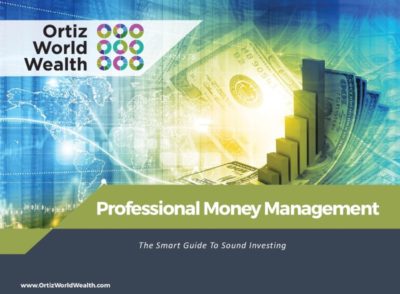23 Nov Some Rules Are Meant To Be Broken
There are general guidelines to almost any practice, Financial Advisors aren’t an exception. There are general rules for investing and estate managing which financial advisors usually adhere to. However some of these guidelines have been dumbed down. These rules have been simplified to a point where they lack enough flexibility to work with the forever changing and moving stock market. These rules can ignore the most basic rules and principles of investing in an attempt to make them easier to understand. Because of this, blindly following these rules could lead to costly mistakes, which otherwise could have easily been avoided.
One of these rules has to do with the allocation of your stocks as compared to your age. This rule states that your allocation of stocks should equal 100 minus your age, and the rest should be directed towards cash and bonds. One doesn’t need to take this into much consideration to see where the basic problems lie concerning this rule. First of all this rule completely ignores the factor of price when considering the purchase of bonds and stocks. Secondly, this rule is basically stating that the only two investing options you have are bonds and stocks, disregarding; annuities, life settlements, option strategies, among multiple other trading and investing options. Perhaps an example of successful investing should be used. Those in charge of the Harvard and Yale endowment funds, which is in the billions, heavily favor alternative investments and have been for years. Based on reputation alone, it’s hard to argue with the example set by these experienced professionals as compared to a vague rule. Another rule of blind faith is known as the 4% rule. Basically this rule states that the highest, safe, rate of withdrawal to last a 30 year retirement plan without depleting your entire retirement portfolio. In this rule you take out 4% the first year of retirement and adjust every year’s withdrawal accordingly with the inflation rate. However this model assumes either a 50/50 or 60/40 share between stocks and bonds, herein lies the problem. This model became a general guideline among financial investors during the 1990s when bond yields were significantly higher than that of today’s market.
The point is that the market has changed, and the rules which may have worked yesterday, may not work today. In today’s market it is important to be open minded and flexible with your investment options, especially when it comes to something as important as your retirement. In the end it’s important to make the decision that will be the best for you and your specific needs. Although this may be hard to figure out exactly, your Investment Advisor is meant for this very reason. So don’t wait until the rules change, make the first move.




No Comments